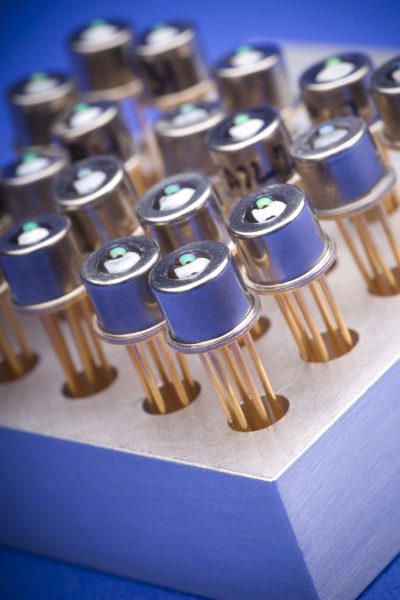Encapsulation and Hermetic sealing
- Posted by doEEEt Media Group
- On March 16, 2020
- 0
Encapsulation is the process of protecting the die from damage after the die to attach and wire bonded. There are two main types of encapsulation: Glob Top and Dam and Fill.
- Glob top is a process whereby a low viscosity encapsulant is dispensed on top of the die.
- The encapsulant flows and conforms to the shape of the die without damaging wire bonds.
However, the encapsulant can flow beyond the desired area and into adjacent areas. In many applications, such as the encapsulation of MEMS devices and Concentrated Photovoltaic devices, a controlled partial encapsulation of certain selected regions, for example, wire bonds, is required but ensures that the active surface of the device is free from the encapsulant. The tight control for partial encapsulation requires the selection of a suitable encapsulant and developing an appropriate dispense process.
Dam and Fill encapsulant uses a dam around the die area to control the encapsulant flow within a contained area. This process can result in a much flatter encapsulation profile. It requires dispensing of two or more encapsulant materials in the same dispense program during an automated process.
Variations of the above processes can be used to fully encapsulate Open-Cavity Plastic Packages. A subsequent flattening technique on the package’s encapsulant can meet the original JEDEC form-factor standards and provide test socket compatibility.
Alter Technology UK, also has experience with a range of optically clear encapsulants and silicones for protecting devices such as LEDs and Photovoltaic. Alter Technology UK also supports customers with designing and procuring frames suitable for encapsulant material.
Hermetic Sealing
- Alter Technology UK provides hermetic sealing of various metal package configurations, including
- TO-can style package and Butterfly packages.
- Parallel resistance welding is used for rectangular or square packages.
- Projection welding is used for TO-can devices.
Before sealing parts, they are put through a Vacuum bake-out process to remove moisture and other residues from the component surface. Devices can be hermetically sealed in various inert gas atmospheres, including N2, Ar, O2, depending on the customers’ exact requirements.
Fine and Gross leak tests are carried out to MIL-STD-883. Alter Technology UK has achieved leak rates of <5E-9 for a fiber-coupled butterfly package. This offers the potential to reduce the length of lifetime tests in certain applications.
Alter Technology UK’s expertise and capability in Encapsulation and Hermetic Sealing will reduce risk and reduce time to market as well as provide a cost-effective manufacturing option.
Contact us for more information
- Space-Grade components available for immediate delivery - April 10, 2025
- Exclusive stock on doEEEt: How to access and request - April 10, 2025
- Managing EEE components for LEO and lower cost space missions - December 17, 2024


0 comments on Encapsulation and Hermetic sealing